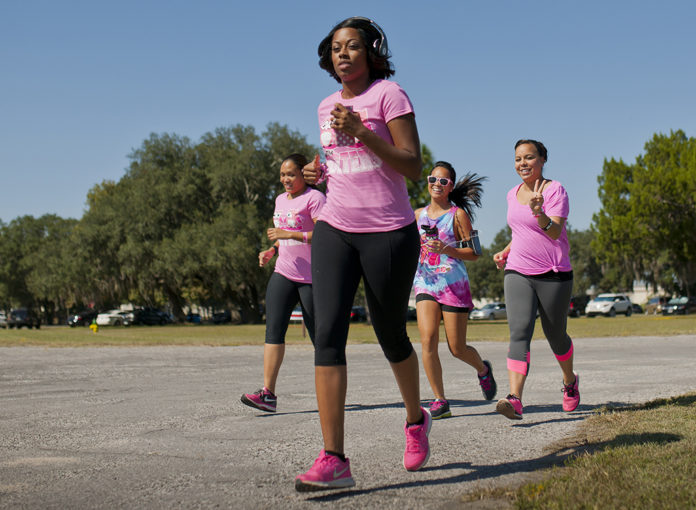Endurance training rather than weights helps people beat old age
Researchers have discovered that endurance exercises, such as running, swimming, cross-country skiing and cycling, help you age better than resistance exercise. Resistance training is strength training with weights.
In a study published in the European Heart Journal, researchers in Germany looked at the effects of three types of exercise – endurance training, high intensity interval training and resistance training – on the way cells in the human body age. They found that endurance and high intensity training both slowed or even reversed cellular aging, but that resistance training did not.
Endurance and high intensity training both slowed or even reversed cellular ageing, but that resistance training did not
Our DNA is organised into chromosomes in all the cells in our bodies. At the end of each chromosome is a repetitive DNA sequence, called a telomere, that caps the chromosome and protects its ends from deteriorating.
As we grow older, the telomeres shorten and this is an important molecular mechanism for cell aging, which eventually leads to cell death when the telomere are no longer able to protect the chromosomal DNA. The process of telomere shortening is regulated by several proteins. Among them is the enzyme telomerase that is able to counteract the shortening process and can even add length to the telomeres.
The researchers led by Professor Ulrich Laufs, of Leipzig University, Germany, enrolled 266 young, healthy but previously inactive volunteers and randomised them to six months of endurance training (continuous running), high intensity interval training (warm-up, followed by four bouts of high intensity running alternating with slower running, and then a final cool down of slower running), resistance training (circuit training on eight machines, including back extension, crunch, pulldown, seated rowing, seated leg curl and extension, seated chest press and lying leg press), or to an unchanged lifestyle (the control group).
Prof Laufs said: “Our main finding is that, compared to the start of the study and the control group, in volunteers who did endurance and high intensity training, telomerase activity and telomere length increased, which are both important for cellular aging, regenerative capacity and thus, healthy aging. Interestingly, resistance training did not exert these effects.”
Telomerase activity was increased two- to three-fold and telomere length was increased significantly in the endurance and high intensity training groups compared to the resistance and control groups.
“The study identifies a mechanism by which endurance training – but not resistance training – improves healthy aging. It may help to design future studies on this important topic by using telomere length as indicator of ‘biological age’ in future intervention studies,” said Prof Laufs.


